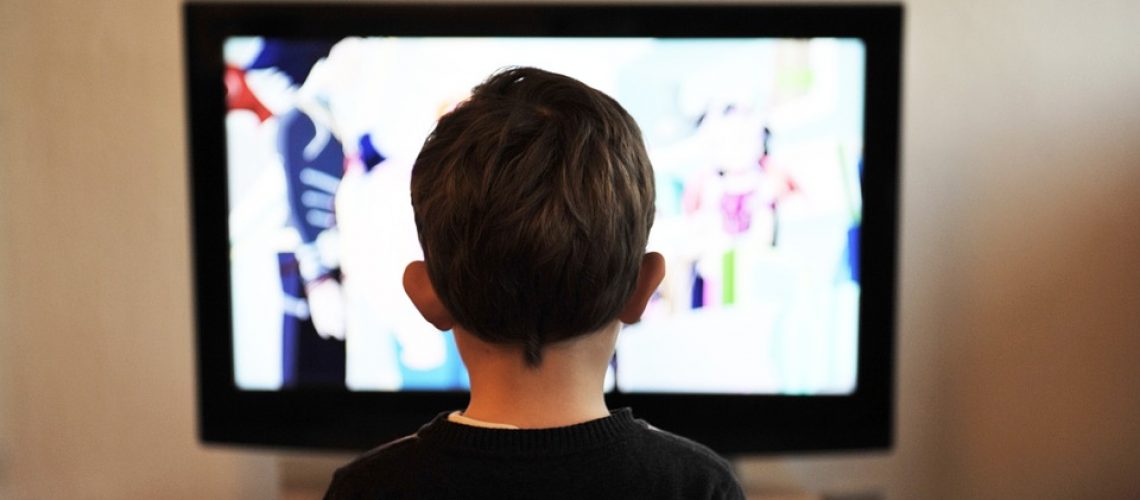By Raylene de Villiers
We have all been there – you show your two-year-old a real photograph of someone and they try to “swipe” it across. We all roll around laughing at how funny it is but this shows a deeper underlying issue that all toddlers have a need for instant gratification that comes from too much screen time. Every finger swipe elicits a response of colours, sounds and shapes instantly. The brain responds with dumping dopamine into the system – the key component in our reward system that makes you feel pleasure. Dopamine can feel addictive. Have you ever tried to take a tablet/phone away from a two-year-old? It’s not met with the kindest of reactions and the reason is because dopamine stops getting produced in the brain and there is no immediate response to stimuli. The world becomes boring and slooooow. The tantrum from taking a screen away from your toddler is due to the fact that they have become so used to the instant gratification that a screen can provide and they then struggle to readjust to “real” life again.
When a child under the age of three years old spends too much time in front of a screen their social development becomes stunted. Often it cannot be reversed. The critical period is the period from birth to around 3 years old. During this time period the changes that happen in the brain become the permanent foundation on which all brain development is based. Children need experiences from the “real” world and not from a screen. The brain’s frontal lobe is responsible for social interactions – both communicated and non-verbal communication such as facial expressions, the tone of someone’s’ voice or the instinctive way in which you read a situation which adds depth to all relationships. The frontal lobe develops during the critical period between birth and 3 years of age, so if your child is in front of a screen for extended periods of time, they are missing out on developing relationships with people – playing, talking and interacting with real people, the effects of which may last forever.
Screens also have a disastrous effect on melatonin production at night. The pineal gland in the brain starts to produce melatonin a few hours before bedtime and reaches its peak in the middle of the night. Melatonin makes us sleep well at night, it makes us sleep restfully and we wake up feeling good. Unfortunately putting a screen in front of your toddler at the crucial time of melatonin production (5-7pm) will in fact do the opposite and destroy the melatonin that is being produced. In place of melatonin, cortisol will be produced. Often parents talk about a “second wind” that happens at around bedtime – this is due to a lack of melatonin in the body. Melatonin is our helping hand at night and using a screen in the crucial hours that it is being produced is counter-intuitive to better sleep. The blue light that is emitted from a screen is of a shorter wavelength than the red or yellow spectrum and stimulates the brain, reducing melatonin in the process.
Poor sleep from a lack of melatonin results in behavioural issues and a suppressed immune system. If your toddler is constantly getting sick this winter, check on how much screen time they are exposed to in the early evenings.
Screens are not all bad and they have their purpose in this world of technology. It is important to introduce your toddler to technology but limit its use. Children under the age of 2 years old should have ZERO screen exposure unless it’s via a video call to family and then it should be kept brief and preferably not just before bedtime. Children from the age of 3 years old may watch a screen for a maximum of 1 hour a day.
Instead of switching on a screen to distract your toddler during dinner time, rather show them a book or make up a dance that the whole family does when your toddler eats well. Put on some music, draw on a whiteboard, and get creative. Be sure to instil a culture of “no screen time” at meals for the benefit of better-quality sleep for the whole family!
World Health Organisation Screen time Guidelines:
Before 2 years: Sedentary screen time is not recommended
Toddlers 2 – 3 years: No more than 1 hour of sedentary screen time – less is better.
Preschoolers (3 – 4 years): No more than 1 hour of sedentary screen time – less is better.
References:
- https://www.psychologytoday.com/intl/blog/behind-online-behavior/201604/what-screen-time-can-really-do-kids-brains
- https://time.com/5514539/screen-time-children-brain/
- https://www.eyesiteonwellness.com/blues-clues-detecting-the-effects-of-blue-light-on-kids-vision/
- https://www.sleepfoundation.org/articles/how-blue-light-affects-kids-sleep
- https://www.who.int/news-room/detail/24-04-2019-to-grow-up-healthy-children-need-to-sit-less-and-play-more
#sleeptraining

